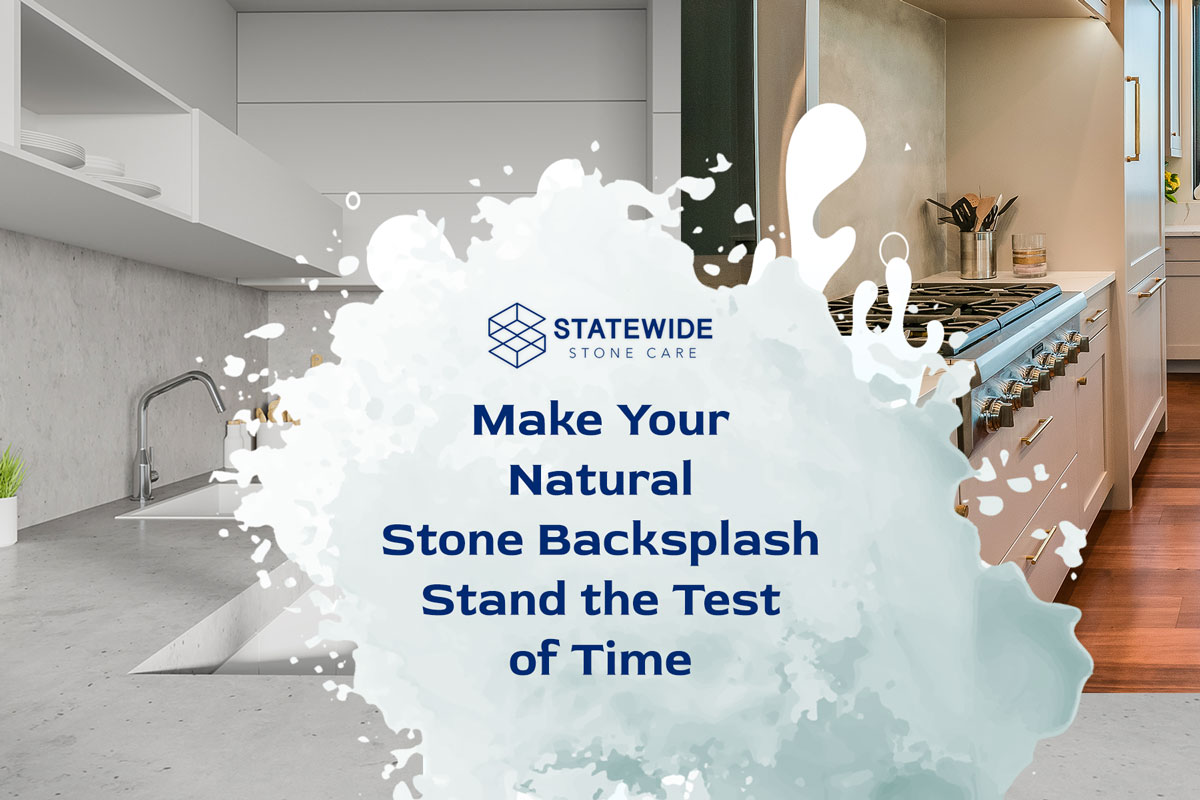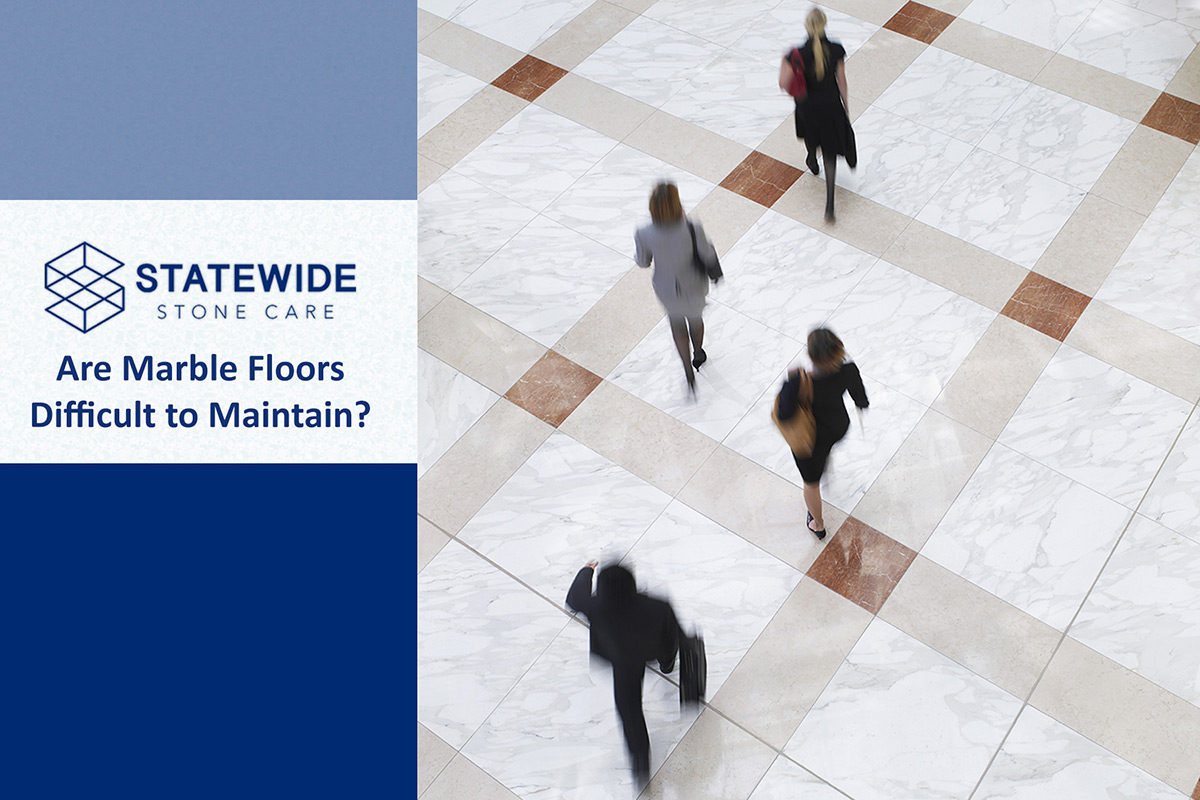Natural stone backsplashes are often overlooked when it comes to regular cleaning and maintenance, unlike countertops that receive more attention. It’s easy to underestimate the dirt and grime that can accumulate on a backsplash over time, as it may not be as visibly apparent. However, neglecting this can gradually diminish its beauty and increase the likelihood of stain penetration.
Understanding the Cleaning Care Challenges in NYC
Natural stone backsplashes in kitchens and near sinks face several challenges. They are exposed to water, heat, oils, acidic substances, and daily wear and tear. Over time, if not properly maintained, they can become susceptible to staining, etching, and general deterioration. By understanding the importance of proper care and maintenance for your natural stone backsplash, you can maintain its timeless beauty and durability. Let’s explore the necessary steps to keep your backsplash looking its best and the advantages of seeking professional assistance for comprehensive care.
Proper Care and Cleaning
Regular Cleaning: Wipe down the backsplash daily with a soft, damp cloth or sponge to remove dust, dirt, and spills. Avoid abrasive cleaners or scrub brushes that can scratch the stone’s surface.
Mild Soap Solution: For routine cleaning, mix a few drops of pH-neutral dish soap or stone-specific cleaner with warm water. Gently scrub the backsplash using a soft cloth or sponge, then rinse with clean water. Avoid acidic or abrasive cleaners, as they can damage the stone.
Stain Removal: In case of stubborn stains, create a poultice by mixing a powdered stain remover or baking soda with water until a paste-like consistency is achieved. Apply the poultice to the stain, cover it with plastic wrap, and allow it to sit for 24 to 48 hours. Remove the poultice and rinse the area thoroughly with water. Repeat the process if necessary.
Sealing: Natural stone backsplashes should be sealed to protect against stains and moisture. Follow the manufacturer’s recommendations for the specific stone type and apply a penetrating sealer every 1 to 3 years. Ensure the backsplash is clean and dry before applying the sealer.
Stone Professional Cleaning and Maintenance NYC
While regular care is essential, professional NYC stone cleaning and maintenance care services from Statewide Stone Care can offer additional benefits that go beyond what regular upkeep can achieve. Professionals with extensive experience and knowledge in handling natural stone backsplashes have a deep understanding of the unique properties and vulnerabilities of different types of stone. They possess the expertise to identify and address potential issues that may arise during the maintenance process. Their meticulous approach ensures that every aspect of your natural stone backsplash is properly cared for, from selecting the appropriate stone care products and techniques to conducting thorough inspections for any signs of damage or deterioration. Entrusting the task to skilled professionals provides peace of mind, knowing that your valuable investment is in capable hands and will receive the specialized care it requires for long-term preservation. Here’s why their services are worth considering:
Expertise and Knowledge: When it comes to caring for natural stone backsplashes, the expertise and knowledge of professionals are invaluable. They possess a deep understanding of different stone types, safe chemicals, their unique characteristics, and the most effective cleaning techniques. Their experience ensures that your backsplash receives the appropriate care it deserves.
Specialized Equipment: Professionals are equipped with specialized tools and equipment specifically designed for cleaning and maintaining natural stone. These tools allow them to efficiently and effectively address various challenges, such as deep-seated stains, grime buildup, and restoration needs. Their professional-grade equipment ensures optimal results without compromising the integrity of the stone.
Restoration and Repair Experience: In addition to cleaning, professionals can provide restoration and repair services for your natural stone backsplash. They have the skills to tackle cracks, chips, and grout issues, restoring the backsplash to its original beauty. Their experience in restoration ensures that any repairs are carried out with precision and care, preserving the overall aesthetics of the backsplash.
Tailored Guidance and Recommendations: Professionals can offer tailored guidance and recommendations based on the specific characteristics of your natural stone backsplash. They can advise you on the most suitable sealers, provide long-term maintenance tips, and offer valuable insights into caring for your particular stone type. Relying on their expertise ensures that your backsplash receives the appropriate care and attention it needs to maintain its longevity.
Caring for natural stone backsplashes in kitchens and near sinks requires regular maintenance and attention. By following proper maintenance routines, you can preserve the beauty and longevity of your backsplash. Additionally, consider professional cleaning and maintenance as a valuable option to address more challenging issues and enhance the overall appearance of your natural stone backsplash. With the right care, your natural stone backsplash will continue to be a captivating focal point in your kitchen or bathroom for years to come.












